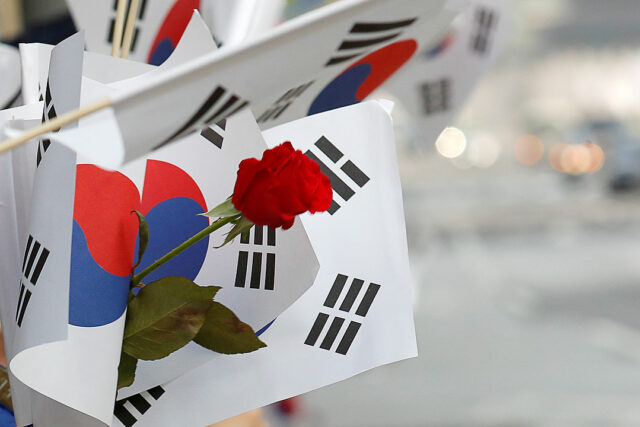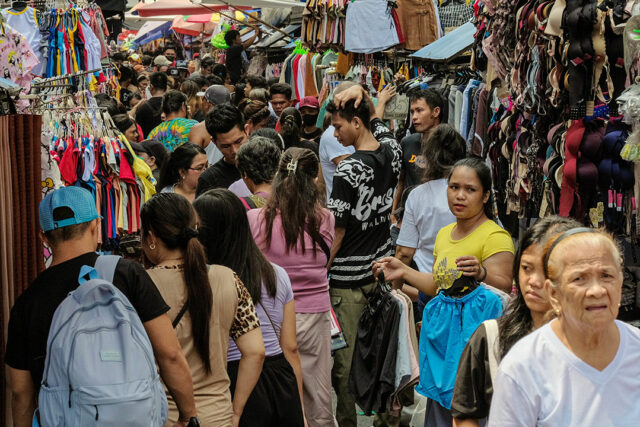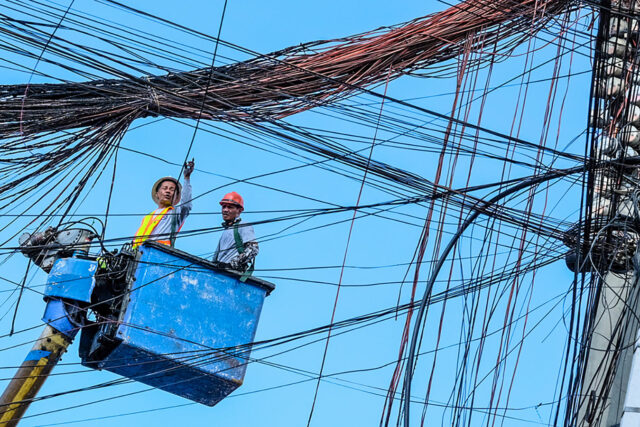Retire without worries: How InLife’s Retire Assure can help you enjoy the life you deserve
When it comes to retirement planning, we often hear the same advice: save and invest. But how do you ensure that the money you’ve worked hard to save will provide a steady income in your retirement years? InLife offers an answer to this question through InLife Retire Assure.
Designed as the first true retirement insurance product in the Philippines, InLife Retire Assure takes the guesswork out of retirement planning as it goes beyond the traditional lump-sum benefits offered by other companies. Instead, it offers a stable monthly income that can last from age 60 until 100. It’s like receiving a paycheck even after you have stopped working, ensuring that you can maintain your lifestyle and freedom without worrying about your future expenses.
Monthly Income Matters in Retirement
One key to financial security in retirement is to have a regular income stream. It’s not just about how much you have saved; it’s also about ensuring that your savings can provide for you in a manageable, consistent way. The goal is to replace your lost income once you retire, so you don’t have to worry about running out of money during the most crucial times.
InLife Retire Assure’s guaranteed monthly income helps protect retirees from the risks of overspending or outliving their savings. This type of steady cash flow, combined with potential dividends to keep up with the cost of living, allows for a true sense of financial independence and peace of mind.
Addressing a Real Need for Filipino Retirees
Data from the Bangko Sentral ng Pilipinas show that 80% of Filipinos over the age of 60 are not financially equipped to meet their basic needs in retirement. While government programs like the Social Security System (SSS) and the Government Service Insurance System (GSIS) provide support, the average monthly pensions, P5,123 for SSS and P18,525 for GSIS, may not be enough to sustain a retiree’s desired lifestyle.
InLife Retire Assure offers a disciplined way to prepare for the future. By allowing you to set aside a portion of your income over a period of five or ten years, or through regular payments until the age of 59 or 64, it ensures that your money grows with you. The best part? You don’t have to go through stringent medical evaluations to qualify for an InLife Retire Assure policy. This means every Filipino can secure a stable financial future especially after retirement.
Flexibility and Security Built into Your Plan
InLife understands that every person’s financial journey is unique. With InLife Retire Assure, policyholders have flexible payment options to make contributions annually, semi-annually, quarterly, or monthly, based on what suits their lifestyle. And when it’s time to receive the benefits, payouts are easily accessible through a designated bank account.
Additionally, InLife Retire Assure provides a life insurance component, giving peace of mind that your family will be protected even if unforeseen events occur. This dual benefit means that, beyond retirement, your loved ones are also cared for financially.
Empowering Filipinos to Retire Without Worries
InLife’s Chief Marketing Officer Gae L. Martinez, explains the driving force behind InLife Retire Assure: “We want our fellow Filipinos to retire without worries. Retirement should be a time to relax, reconnect, and explore. People deserve to live their lives to the fullest without the stress of outliving their savings.”
Retirement can be a rewarding chapter in life, full of experiences that we often postpone in our working years. InLife Retire Assure makes it possible to truly enjoy those years, secure in the knowledge that there is a plan to support the life you’ve dreamed of. By planning ahead with InLife Retire Assure, you’re investing in your future self—a future where your only worry is deciding which adventure to pursue next.
For more information on InLife Retire Assure, visit https://bit.ly/InLifeRetireAssure or connect with an InLife Financial Advisor.
Spotlight is BusinessWorld’s sponsored section that allows advertisers to amplify their brand and connect with BusinessWorld’s audience by publishing their stories on the BusinessWorld Web site. For more information, send an email to online@bworldonline.com.
Join us on Viber at https://bit.ly/3hv6bLA to get more updates and subscribe to BusinessWorld’s titles and get exclusive content through www.bworld-x.com.



 To commemorate this special day, the talented artist Della De Leos also painted The Travel Club’s 30th Anniversary Limited Edition luggage with art encapsulating the
To commemorate this special day, the talented artist Della De Leos also painted The Travel Club’s 30th Anniversary Limited Edition luggage with art encapsulating the  Since The Travel Club+ has an in-store
Since The Travel Club+ has an in-store  Against the beautiful backdrop of the store’s elevated design, a Smart Concierge will greet guests with ready assistance for the products they need. When they enter the store, there’s also an in-store viennoiserie and a community lounge where they can relax while shopping or even use it as a venue to plan future trips with friends. The crowd-favorite Custom Corner, where travelers can personalize their gear and add a unique flair to their travel essentials, is also a staple in the new branch.
Against the beautiful backdrop of the store’s elevated design, a Smart Concierge will greet guests with ready assistance for the products they need. When they enter the store, there’s also an in-store viennoiserie and a community lounge where they can relax while shopping or even use it as a venue to plan future trips with friends. The crowd-favorite Custom Corner, where travelers can personalize their gear and add a unique flair to their travel essentials, is also a staple in the new branch. The
The







